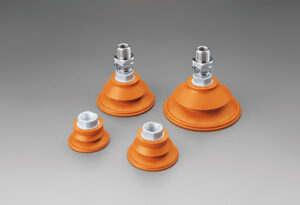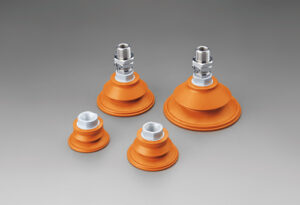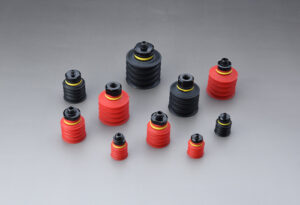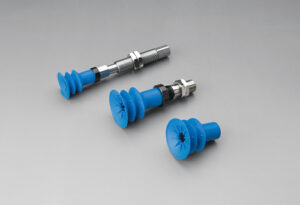Introduction
In the realm of modern medical equipment, the role of vacuum generators is both pivotal and multifaceted. These devices, including air compressors and electric and air vacuum generators, are essential components that contribute to various critical functions within medical devices. This article aims to delve into the significance of vacuum generators in medical equipment and shed light on the design considerations that ensure their reliability and safety.

Role of Vacuum Generators in Medical Equipment
Critical Functions of Vacuum Generators
Vacuum generators, also known as vacuum pumps, are the driving force behind multiple crucial functions in medical equipment. These functions span from creating suction for delicate medical procedures to facilitating waste removal and managing fluids within medical devices. For instance, during surgical procedures, precision control provided by vacuum generators ensures optimal conditions for intricate maneuvers.
Applications in Medical Equipment:
The applications of vacuum generators in medical equipment are vast and diverse. Suction devices, frequently employed in surgical procedures, rely on vacuum generators to create controlled suction for tasks like wound drainage. Anesthesia systems utilize vacuum generators to assist in removing excess gases and maintaining a safe and regulated environment for patients. Even wound care equipment leverages vacuum generators to promote healing through controlled wound drainage.
Design Considerations for Reliability and Safety
Material Selection and Sterilization:
The design of vacuum generators for medical equipment necessitates meticulous material selection. Materials must be compatible with medical environments and capable of withstanding rigorous sterilization processes. Ensuring that materials do not degrade or contaminate the medical environment is vital for patient safety.
Precision and Control
Precision control of vacuum levels is imperative across various medical applications. The design of vacuum generators should incorporate mechanisms for adjustable settings to accommodate diverse procedures. Tailoring the suction level to the specific requirements of an approach enhances patient outcomes.
Redundancy and Fail-Safe Mechanisms
To uphold patient safety and uninterrupted functionality, designers must consider incorporating redundancy and fail-safe mechanisms. Redundancy ensures that the vacuum supply remains consistent even during a component failure. Fail-safe mechanisms prevent equipment malfunction, minimizing the risk of harm to patients and healthcare providers.
Ease of Maintenance and Monitoring
Designing for reliability involves creating easy vacuum generators to maintain, clean, and monitor. Medical professionals need to perform routine maintenance and cleaning procedures with minimal downtime. Additionally, built-in diagnostics and alarms enable proactive monitoring of the generator’s performance, contributing to early issue detection.
Choosing the Right Vacuum Generator for Your Needs
Assessing Medical Equipment Requirements
Selecting an appropriate vacuum generator begins with thoroughly evaluate the requirements. Factors such as the level of suction needed and the specific medical procedures the equipment will be used for should guide this decision-making process.
Vendor Evaluation
When acquiring vacuum generators for medical applications, careful vendor evaluation is paramount. Opt for reputable vendors with a record of producing reliable and safe medical-grade vacuum generators. Certifications and compliance with medical standards indicate the product’s quality.
Conclusion
In conclusion, vacuum generators play indispensable roles in enhancing medical equipment’s functionality across various applications. The careful design of these devices ensures their reliability and safety within the demanding medical environment. Whether it’s the creation of controlled suction during surgery or the efficient management of fluids, vacuum generators significantly contribute to positive patient outcomes. By understanding the critical functions and design considerations of vacuum generators, medical professionals can make informed decisions that advance the quality of healthcare delivery.








